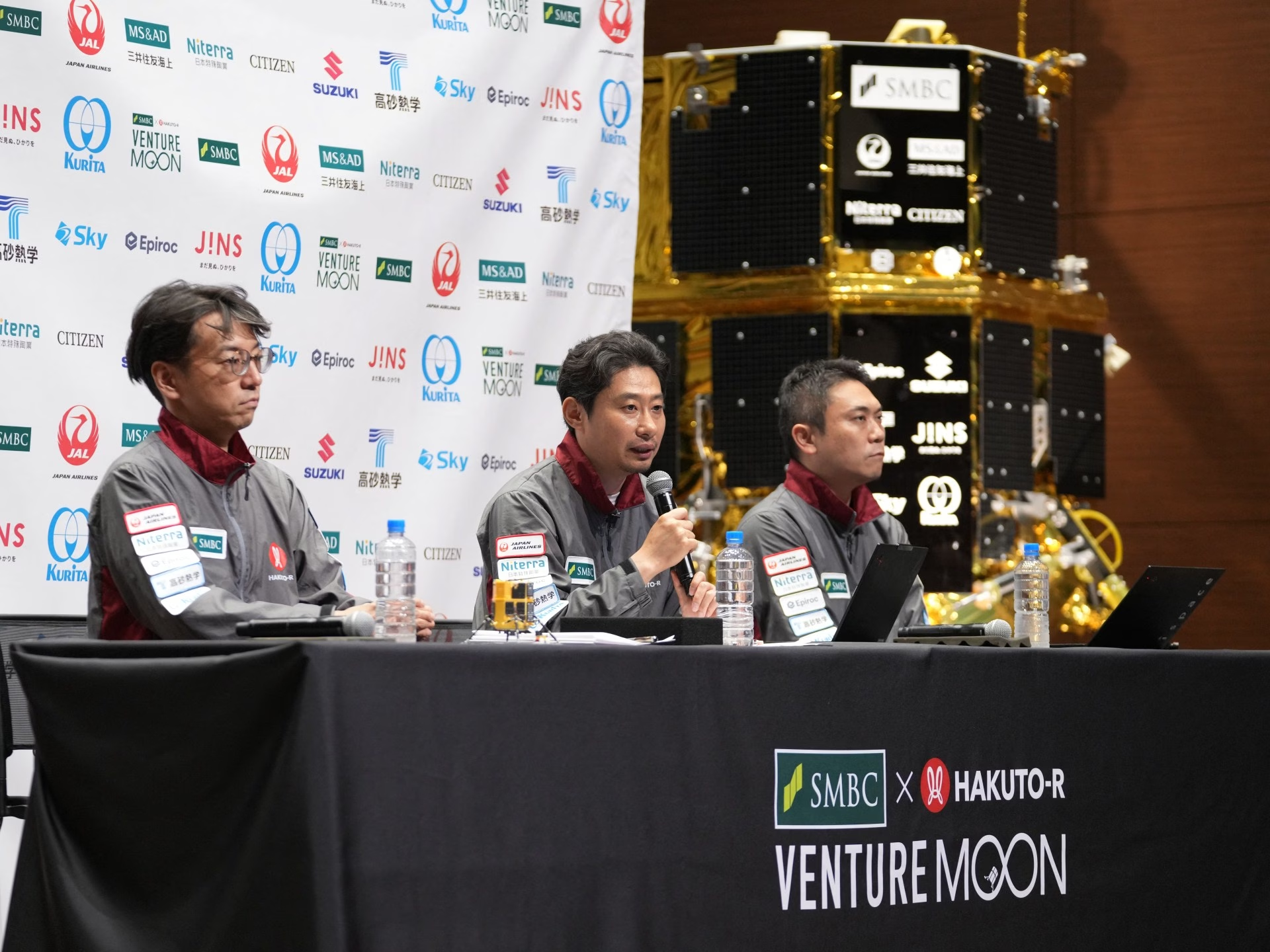The private Japanese lunar lander, Resilience, has crashed on its mission to land on the moon, marking a second failure for ispace, the manufacturer. Two years earlier, ispace’s first attempt at reaching the moon also ended in a crash landing.
According to ispace, the lander had successfully exited the lunar orbit and the mission was proceeding as planned.
Contact was lost with Resilience, which carried a mini rover, shortly before its intended touchdown on the moon’s surface, leaving ground support to attempt to reestablish communication in vain.
The livestream of the event abruptly ended after the failure was announced.
Ispace’s CEO, Takeshi Hakamada, acknowledged the setback and apologized to those who contributed to the mission.
This is the company’s second consecutive failure in attempting a soft landing on the lunar surface.

The Hakuto-R Mission 1, launched in December 2022, crashed due to errors in its descent. Hakuto-R Mission 1 had earlier successfully entered lunar orbit.
Resilience, the successor to Hakuto-R, was launched from Florida in January on a long journey. It traveled alongside Firefly Aerospace’s Blue Ghost, which successfully landed and made Firefly Aerospace the first private entity to achieve a “fully successful” soft landing on the moon.
The Resilience lander aimed to land in Mare Frigoris, also known as the Sea of Cold, which the ispace team identified as relatively flat and obstacle-free.
After landing, Resilience was expected to send back images, followed by the deployment of the Tenacious rover, which would have collected samples and images for NASA. The lander also carried a toy-sized Swedish house as part of artist Mikael Genberg’s concept of the moon’s first “building”.
Ispace faces questions over its mission after this second failure, with its next lunar mission, involving a larger lander, planned for 2027 with NASA’s support.
Ispace’s chief financial officer, Jumpei Nozaki, has stated that the company will persist in its lunar endeavors, regardless of the mission’s result. However, Jeremy Fix, chief engineer for ispace’s US operations, has noted that the firm cannot afford recurring failures given its financial constraints. The exact cost of this mission remains undisclosed but is lower than the previous effort, which exceeded $100m.







